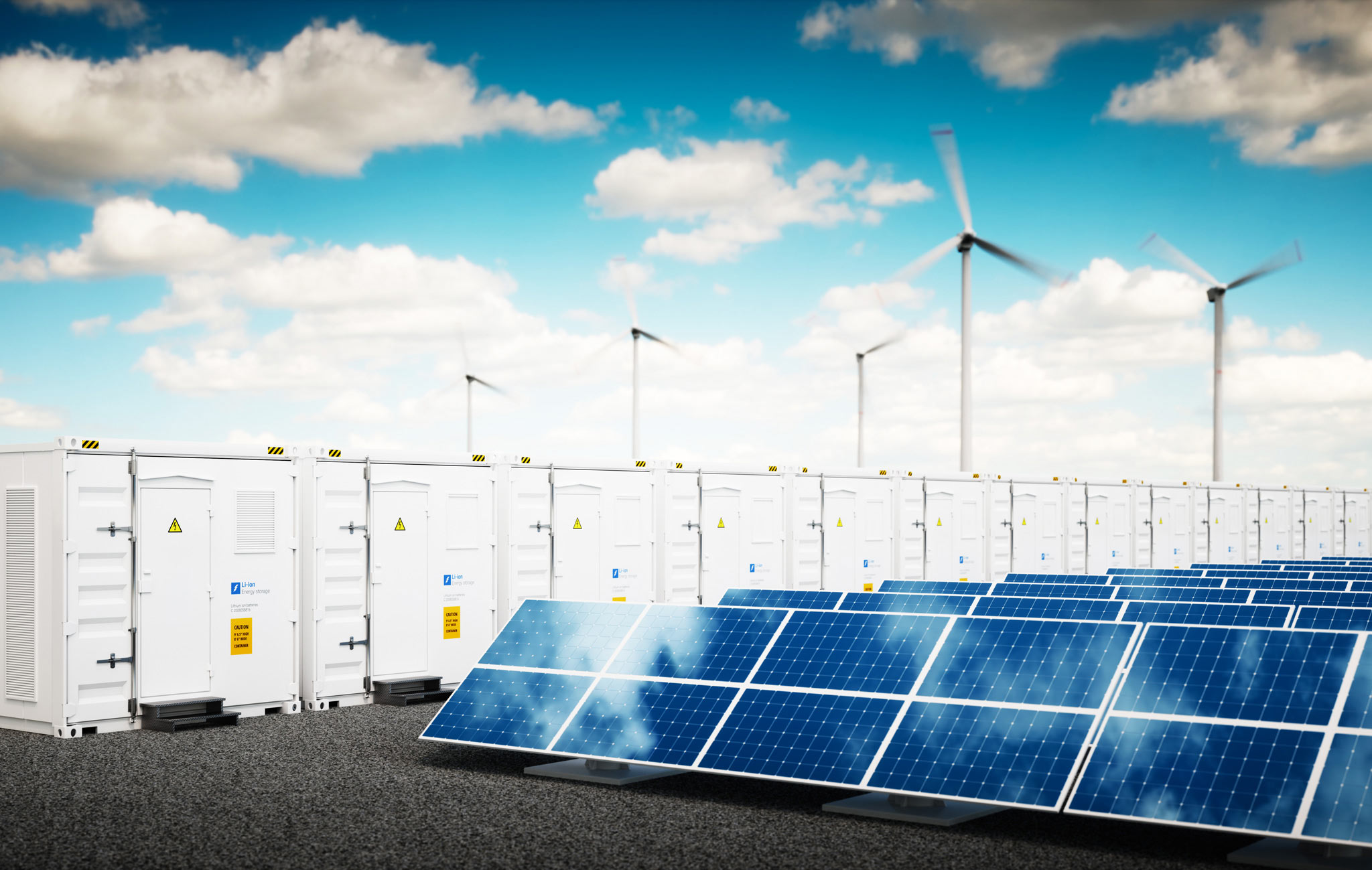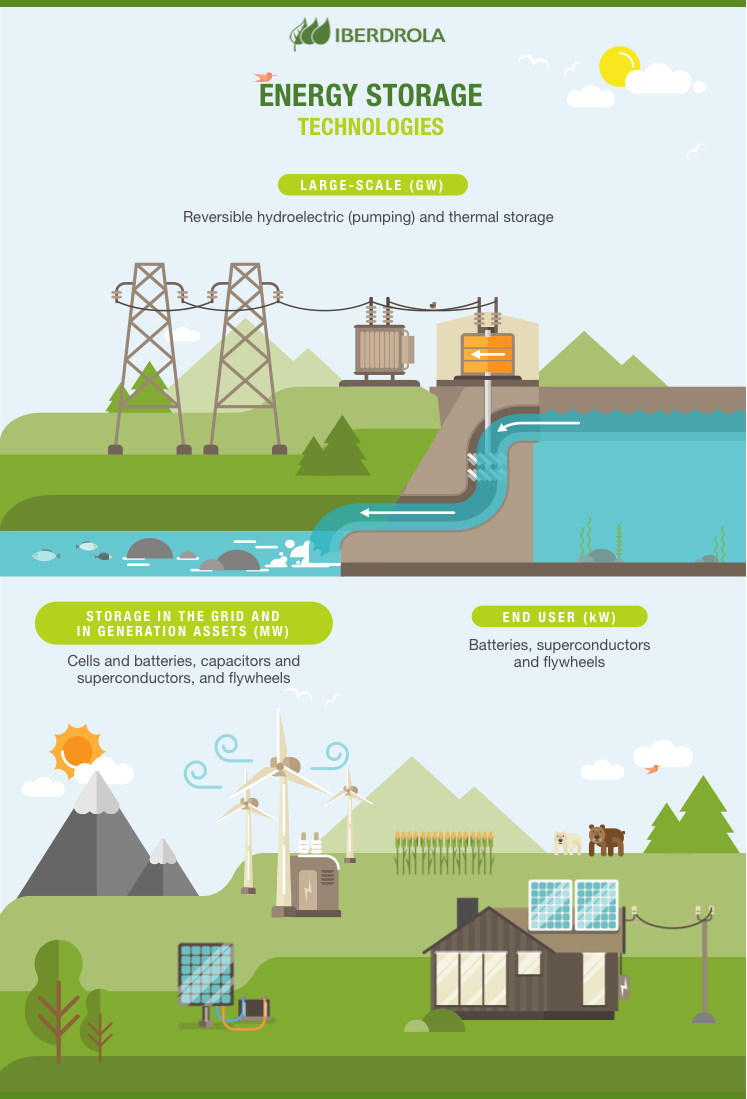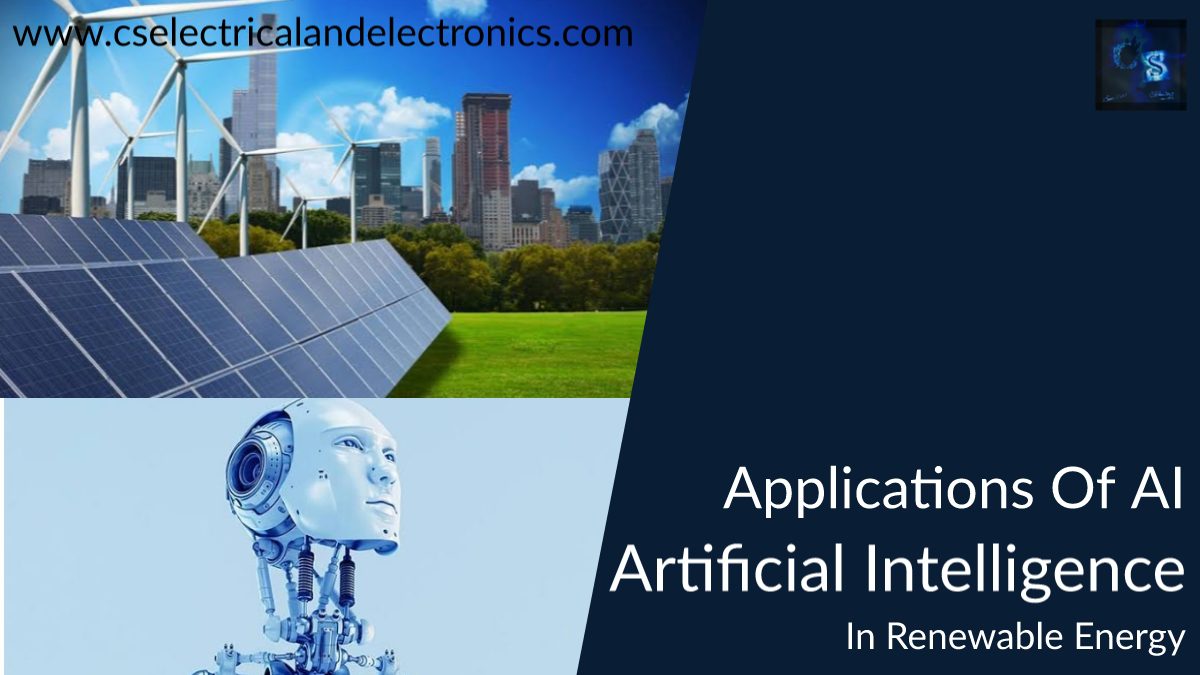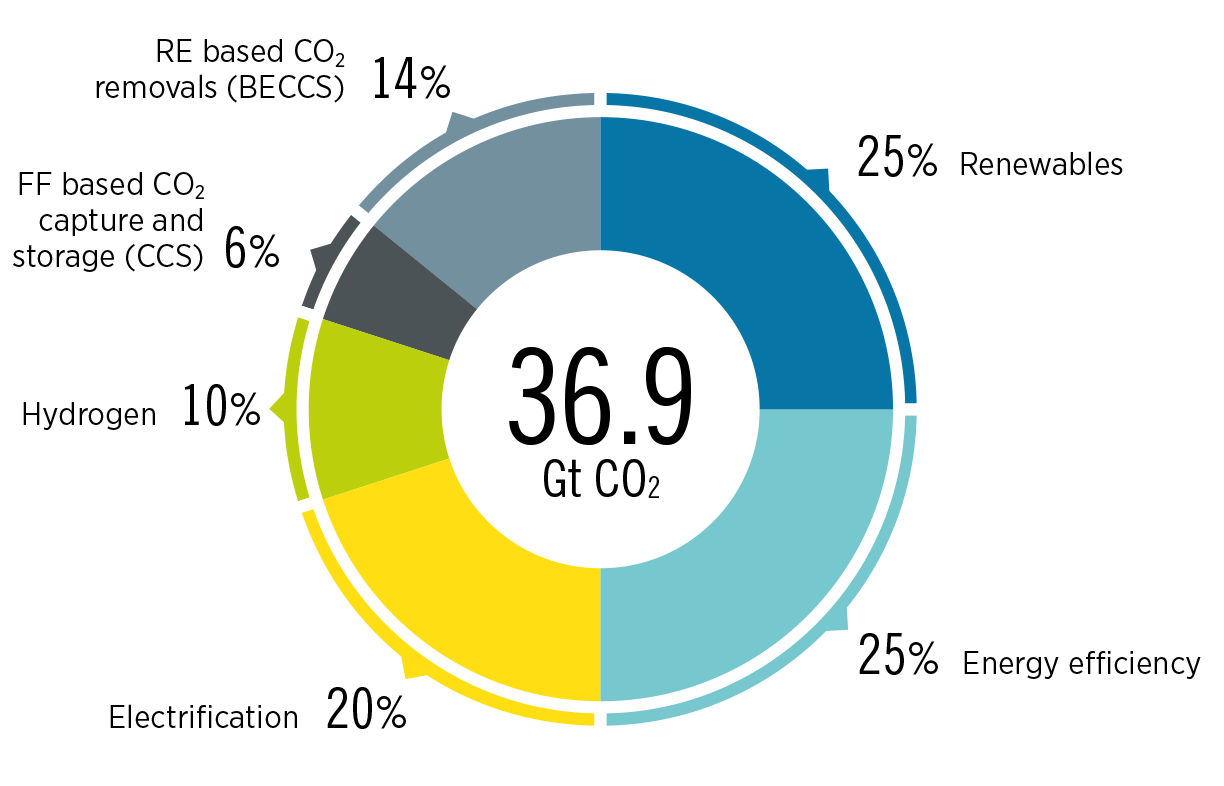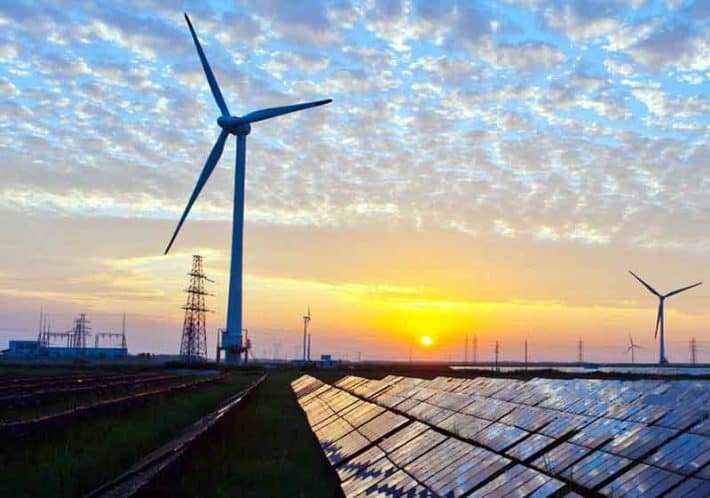Unlocking the Potential of Green Hydrogen Generation
Harnessing Clean Energy Sources
Green hydrogen generation represents a significant advancement in the pursuit of clean and sustainable energy solutions. Unlike traditional hydrogen production methods that rely on fossil fuels, green hydrogen generation utilizes renewable energy sources such as solar, wind, and hydroelectric power to produce hydrogen through electrolysis. This innovative approach enables the production of hydrogen without carbon emissions, making it a key enabler of the transition to a low-carbon economy.
The Electrolysis Process
At the heart of green hydrogen generation lies the process of electrolysis, which involves splitting water molecules into hydrogen and oxygen using electricity. Electrolyzers, the devices used for this process, consist of two electrodes immersed in water and an electrolyte solution. When an electric current is passed through the water, hydrogen gas is produced at the cathode, while oxygen gas is released at the anode. This simple yet powerful process provides a clean and efficient way to produce hydrogen from renewable energy sources.
Advantages of Green Hydrogen
Green hydrogen offers several advantages over conventional hydrogen production methods, making it an attractive option for a wide range of applications. Firstly, green hydrogen production does not produce carbon emissions, making it a truly sustainable and environmentally friendly fuel. Additionally, green hydrogen can be produced using abundant renewable energy sources, reducing dependence on finite fossil fuels and enhancing energy security. Moreover, green hydrogen can be stored and transported easily, providing flexibility and reliability in energy supply.
Applications in Various Sectors
Green hydrogen generation has diverse applications across various sectors, including transportation, industry, and energy storage. In the transportation sector, green hydrogen can be used to power fuel cell vehicles, offering a zero-emission alternative to conventional internal combustion engines. In the industrial sector, green hydrogen can be used as a feedstock for chemical processes, such as ammonia production, and as a clean fuel for heating and power generation. Additionally, green hydrogen can be stored and used as a form of energy storage, helping to balance supply and demand in renewable energy systems.
Technological Innovations
Technological advancements in green hydrogen generation are driving down costs and improving efficiency, making it increasingly competitive with traditional fossil fuels. Manufacturers are developing innovative electrolyzer designs, materials, and manufacturing processes to enhance performance, reliability, and scalability. Moreover, research institutions and government agencies are investing in research and development to overcome technical challenges and accelerate the deployment of green hydrogen technologies.
Policy Support and Market Incentives
Government policies and market incentives play a crucial role in promoting the adoption of green hydrogen generation technologies. Many countries have introduced policies such as renewable energy targets, carbon pricing mechanisms, and investment incentives to support the development and deployment of green hydrogen infrastructure. Additionally, international collaborations and initiatives are fostering knowledge sharing, technology transfer, and investment in green hydrogen projects worldwide.
Challenges and Opportunities
While green hydrogen generation holds immense promise as a clean and sustainable energy solution, it also faces several challenges that need to be addressed. These include high





